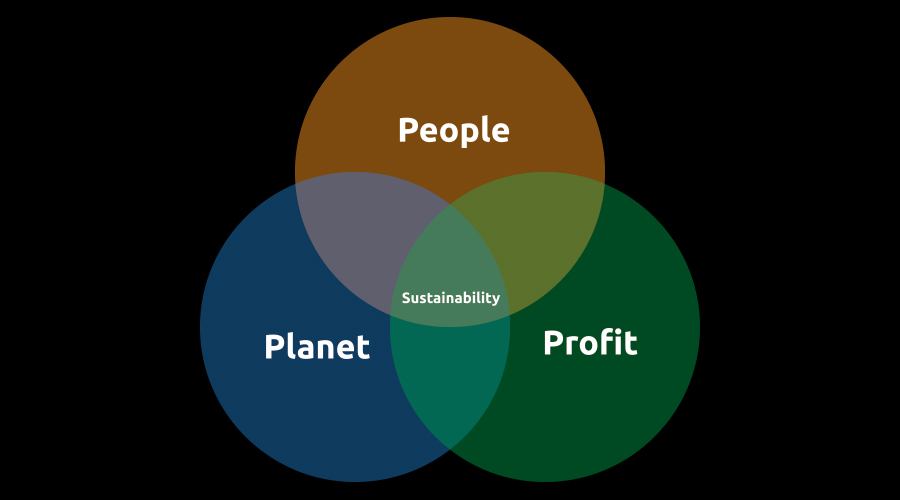Design Thinking in Conservation
Cognitive & Behavioural Sciences for Conservation – the Unexplored Opportunity for the Convention on Biological Diversity (CBD)
Conservation decisions today are based on our consciousness. Our brains’ ability to process conscious information is slow, information-driven and elaborates in its processing while the non-conscious information works more on intuition and instinct. It is this part of the brain that plays a key role in our behaviour and decision making.
If we wish to make some progressive moves in conservation action using the triple bottom-line of cognitive science, design-thinking and behavioural economics, we need to focus on the following - how to work on using the recent developments in cognitive science and behavioural aspects of development - in shaping a new global agenda for biodiversity, Planet and people.
We need to mainstream design-thinking in conservation action. Examples such as the way stairs and escalators constructed in malls, the way bars are constructed, the manner in which community common spaces operate, all are based on design thinking that is still to be appropriately explored in designing messaging and action for conservation.
Though we have adopted increasing awareness on biological diversity as the first of our twenty global biodiversity targets, indications are that people are still not aware of this huge, renewable asset. All the studies on economic contributions of biodiversity and ecosystem services are still not finding a place in the reading list of finance and planning ministries – both in developed and developing world.
For more information contact:
Balakrishna Pisupati - Deepta Sahesh - Ana Julia Gomez
Dr. Balakrishna is the Chairperson of FLEDGE and IUCN CEC Regional Vice Chair for South and Southeast Asia.
Ms. Deepta Sateesh is Senior Advisor, FLEDGE and Director DEL Labs, Srishti School of Art, Design and Technology, Bangalore, India
Ms. Ana Julia Gomez is the IUCN CEC Regional Vice Chair for Meso America.






